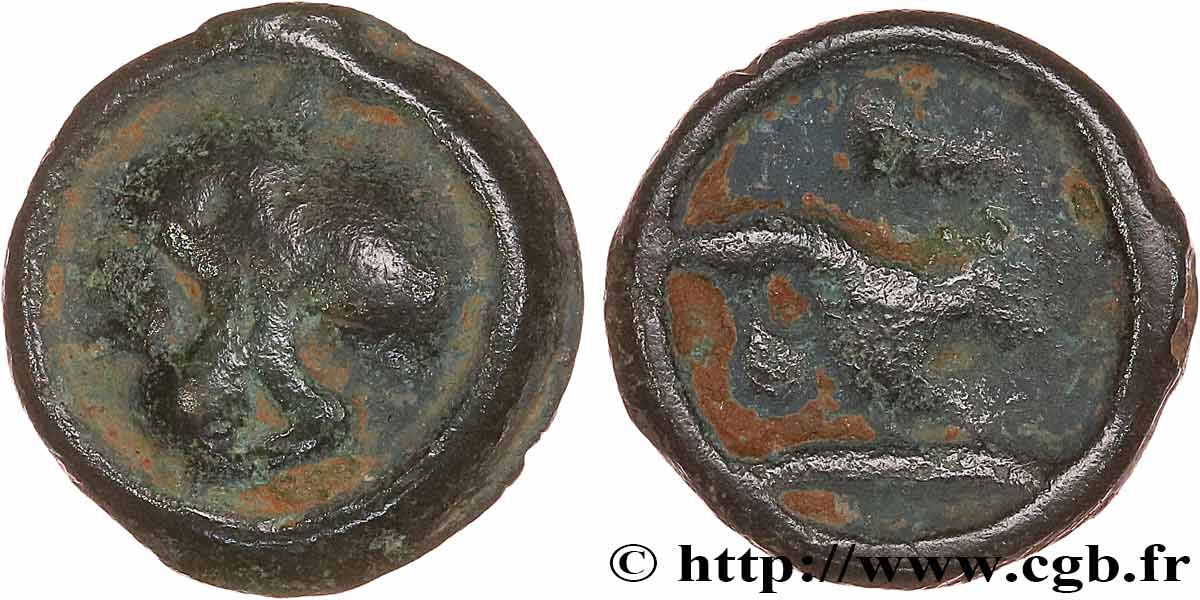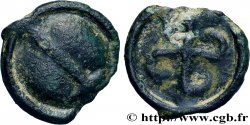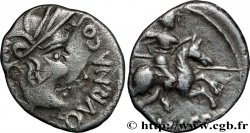E-auction 495-404919 - bga_764743 - GALLIA - RHONE VALLEY Potin au long cou
You must signin and be an approved bidder to bid, LOGIN TO BID. Accounts are subject to approval and the approval process takes place within 48 hours. Do not wait until the day a sale closes to register. Clicking on « bid » constitutes acceptance of the terms of use of cgb.fr private e-auctions.
Bids must be placed in whole Euro amounts only. The sale will start closing at the time stated on the item description; any bids received at the site after the closing time will not be executed. Transmission times may vary and bids could be rejected if you wait until the last second. For further information ckeck the E-auctions F.A.Q.
NO BUYER'S FEE.
NO BUYER'S FEE.
| Estimate : | 100 € |
| Price : | 26 € |
| Maximum bid : | 26 € |
| End of the sale : | 10 October 2022 14:15:30 |
| bidders : | 6 bidders |
Type : Potin au long cou
Date: c. 70- 10 AC.
Metal : potin
Diameter : 16 mm
Orientation dies : 10 h.
Weight : 2,70 g.
Rarity : R1
Coments on the condition:
Patine foncée
Catalogue references :
Obverse
Obverse legend : ANÉPIGRAPHE.
Obverse description : Tête stylisée à gauche avec une barre oblique en Y.
Reverse
Reverse legend : ANÉPIGRAPHE.
Reverse description : Animal stylisé, chargeant à gauche ; ligne de sol.
Commentary
Tous ces potins sont mal classés, confondus entre les Bituriges, la Vallée du Rhône, les Arvernes, le Centre... l’attribution à la Vallée du Rhône, si elle est valide pour les denier au cavalier, n’est guère plus satisfaisante que d’autres pour ces potins ! Ils ont aussi pu être coulés par des peuples voisins, pour une “circulation large”.
All this gossip is misclassified, confused between the Bituriges, the Rhone Valley, the Arverni, the Center... the attribution to the Rhone Valley, if it is valid for the deniers to the rider, is hardly more satisfactory than others for this gossip! They could also have been cast by neighboring peoples, for a “wide circulation”
All this gossip is misclassified, confused between the Bituriges, the Rhone Valley, the Arverni, the Center... the attribution to the Rhone Valley, if it is valid for the deniers to the rider, is hardly more satisfactory than others for this gossip! They could also have been cast by neighboring peoples, for a “wide circulation”








 Report a mistake
Report a mistake Print the page
Print the page Share my selection
Share my selection Ask a question
Ask a question Consign / sell
Consign / sell
 Full data
Full data









